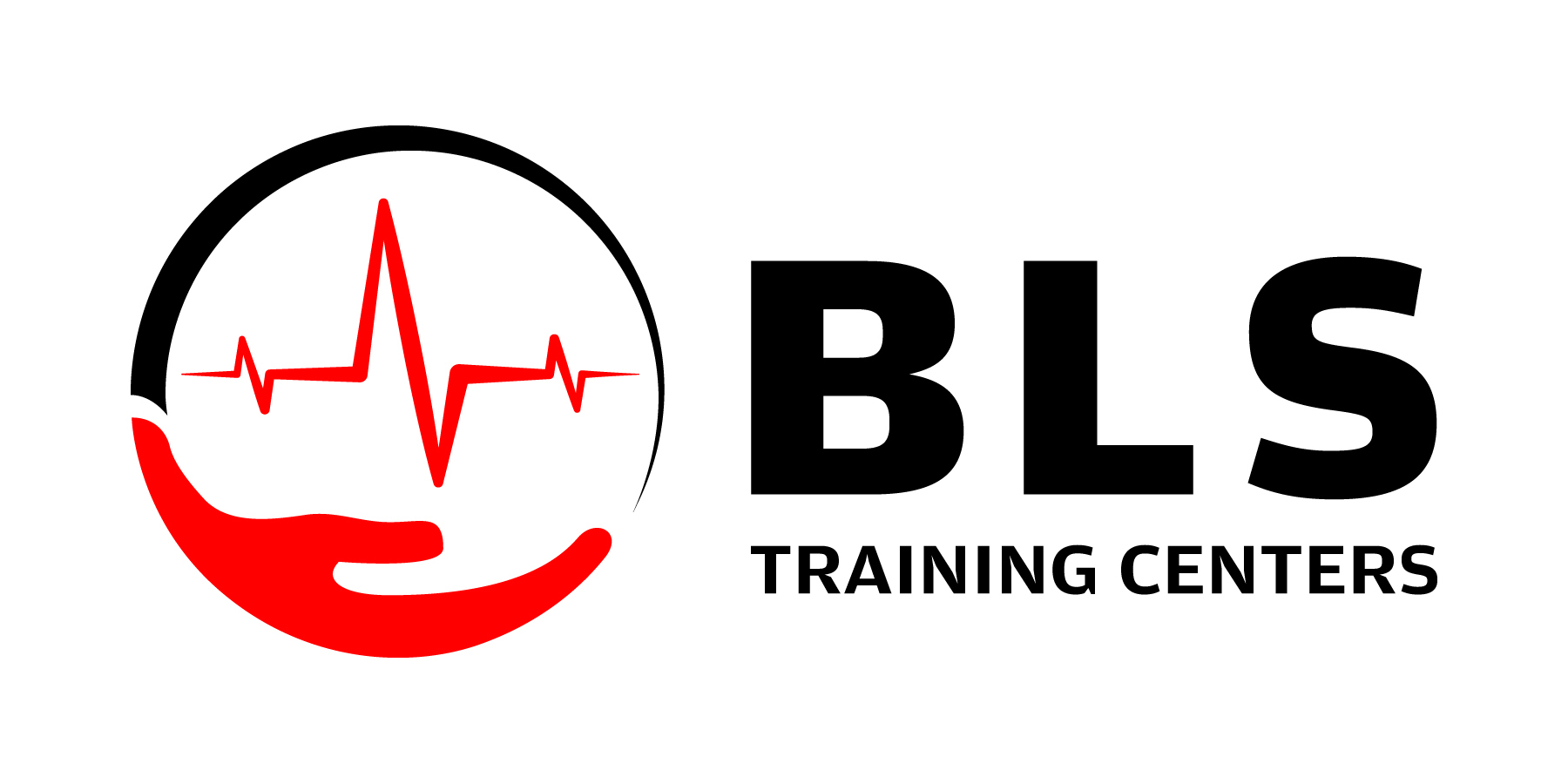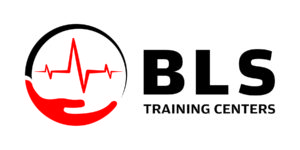

open bionics, a pioneering UK-based robotics company, has made a significant breakthrough in the field of prosthetics with the introduction of the Hero Gauntlet, a next-generation 3D printed finger device. This innovative prosthesis was custom designed for Suleman Chohan, a 50-year-old London resident, who became the first hand amputee to benefit from this technology. Using advanced 3D scanning and additive manufacturing techniques, the Hero Gauntlet is meticulously designed to meet the unique needs of its users. It is designed specifically for people with congenital and acquired partial hand extremity differences, offering them the opportunity to regain substantial hand functionality. The device works with a simple but effective mechanism in which finger movements are controlled by the flexing actions of the user’s wrist, allowing for natural and intuitive use of the prosthetic fingers.
Suleman Chohan’s journey with Hero Gauntlet has been transformative. Having lost part of his hand in an industrial accident three decades ago, Chohan had struggled with the limitations of traditional prosthetics, which often lacked the functionality and ease of use that real fingers provide. Before the Hero Gauntlet, the NHS gave him a heavy, non-functional latex simulated hand, which he found impractical for everyday use. However, the Hero Gauntlet has changed his life dramatically. With this advanced prosthesis, Chohan has regained the ability to perform a wide range of two-handed activities that many take for granted. From effortlessly using his smartphone, participating in mountain biking adventures and preparing food in the kitchen, to managing purchases more efficiently and immersing himself in the world of virtual reality gaming, Hero Gauntlet has allowed Chohan to regain a level of independence and enjoyment in your daily life that was previously unattainable. This level of functionality and adaptability in a prosthetic device represents a significant advancement in the field, offering hope and a better quality of life to many people facing similar challenges.
(click images below to enlarge)


People with partial amputations can now sign up for the Hero Gauntlet at Open Bionics website.
Fountain: 3D printing industry
chatGPT, a potential tool for greater accessibility, was used as a research and writing aid for this blog post. Do you think this is an appropriate use of chatGPT? Why or why not? Let me know!







